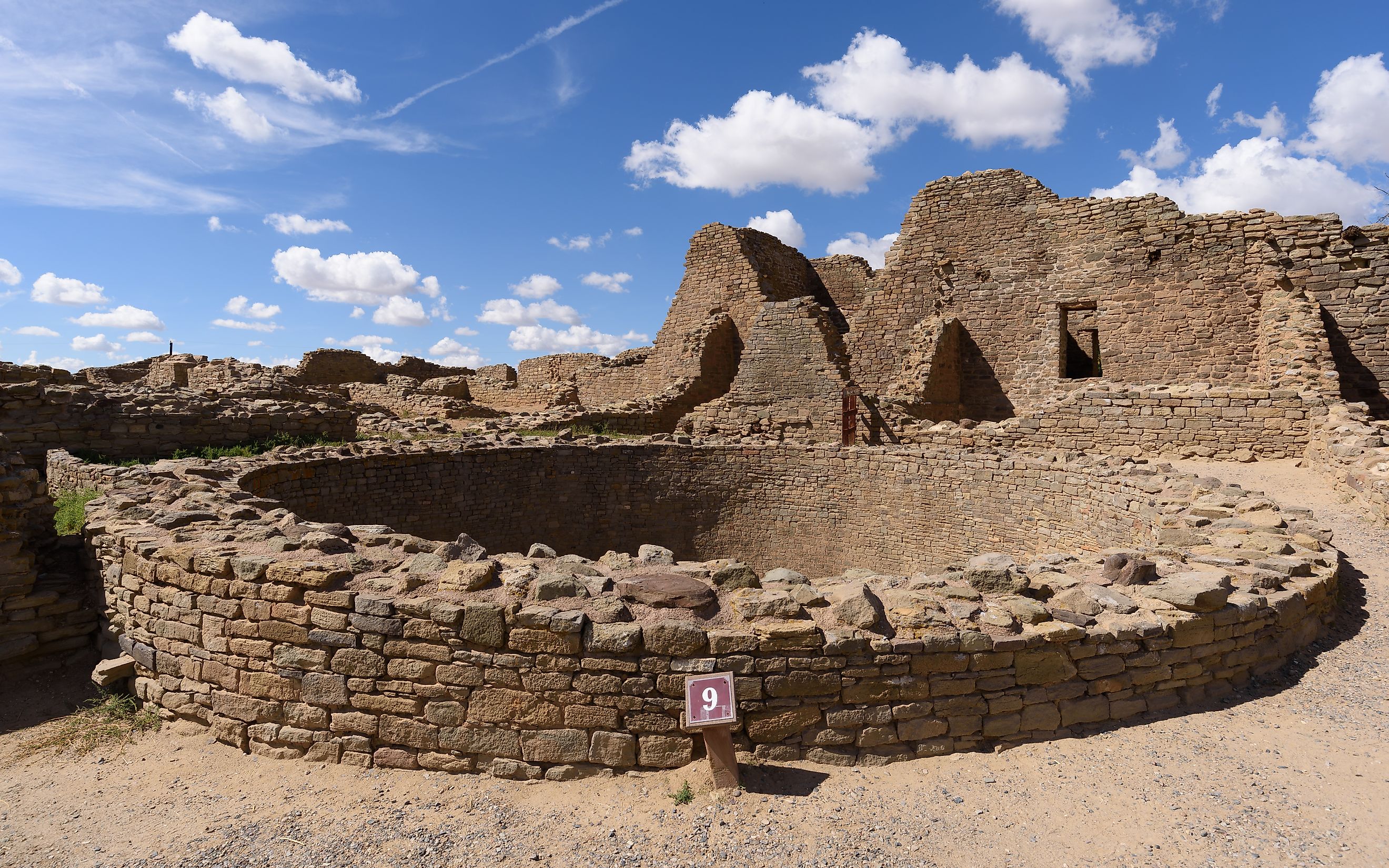
7 Aztec Inventions That We Still Use to This Day
Flourishing from the 14th to the 16th century in what’s now Mexico City, Spanish invaders found a civilization steeped in architectural know-how, complex social and political structures, as well as advanced technologies, with their capital, Tenochtitlán, one of the world’s largest cities at the time. Yet despite their eventual downfall, many of their innovations have withstood the test of time and continue to influence modern life, including these seven Aztec inventions that we still use to this day.
Check Your Calendars
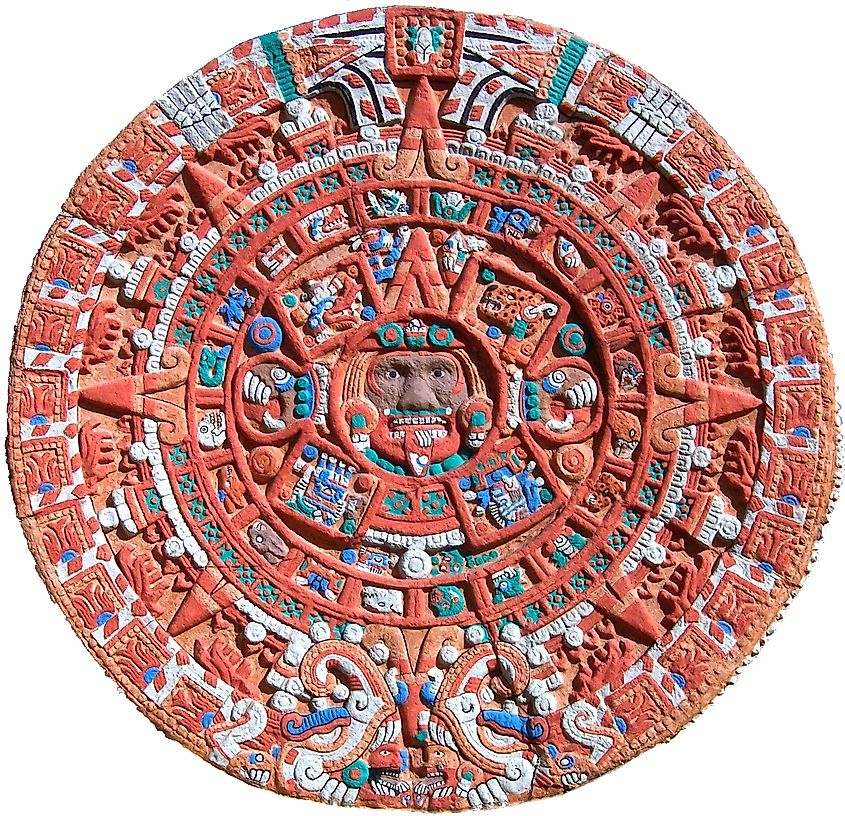
The Aztecs developed two sophisticated calendar systems: the tonalpohualli, a 260-day ritual calendar, and the xiuhpohualli, a 365-day agricultural calendar. These calendars were interlinked, with the tonalpohualli used for religious ceremonies and divination, while the xiuhpohualli tracked agricultural cycles and seasonal changes. Together, they provided a framework for managing their civilization’s spiritual and practical lives.
The modern Gregorian calendar in use today shares many similarities with the Aztecs' xiuhpohualli in its 365-day structure. While our current calendar has been refined over centuries, its basic function of organizing time and facilitating planning echoes the Aztec system with its advanced understanding of astronomy and timekeeping.
Good Medicine
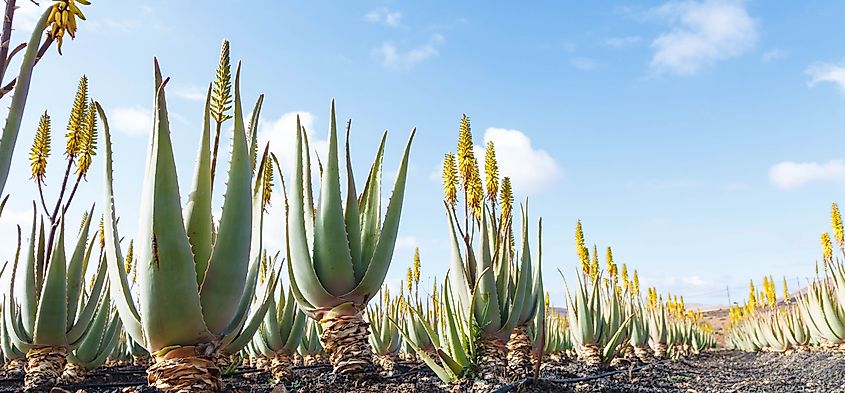
The Aztecs had a vast knowledge of medicinal plants and herbal remedies, which they used to treat various ailments. Plants such as aloe vera were used for burns, passionflower for anxiety, and even willow bark, which contains salicylic acid, was used as a precursor to modern-day pain killers. Their sophisticated approach to medicine certainly reflected a holistic understanding of health that included not just physical treatments, but also spiritual rituals.
Many Aztec medicinal practices have been validated by modern science and continue to be used. Herbal medicines, for example, remain a vital component of contemporary healthcare, especially in regions where access to conventional medicine is limited, and underscores their advanced botanical knowledge and its lasting impact on health practices.
Pop… Pop… Popcorn!
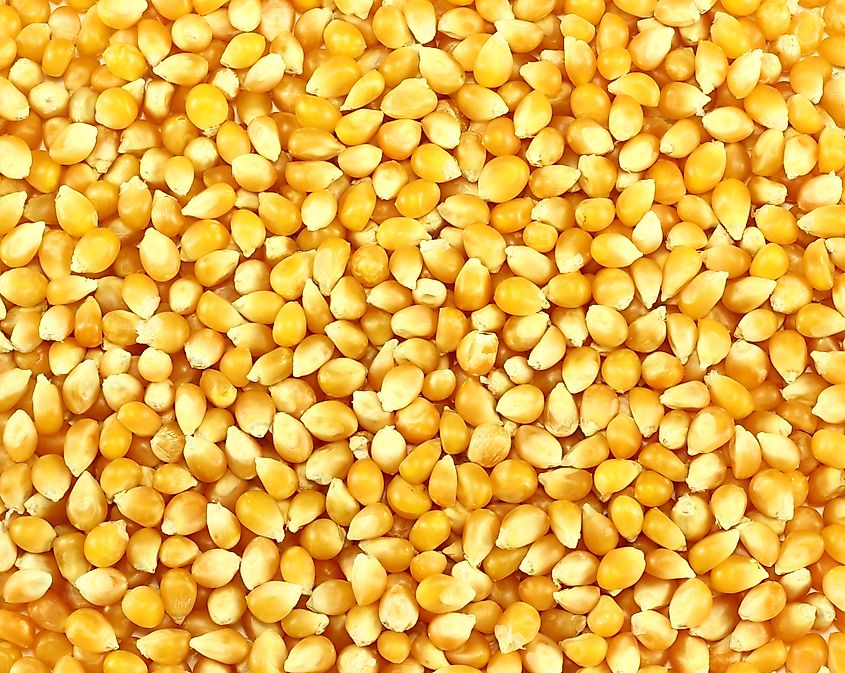
Moviegoers are going to love this one: popcorn! This much-loved snack has its origins in ancient Mesoamerican civilizations, including the Aztecs, who discovered that certain varieties of maize would “pop” when heated. The result? That fluffy treat we all know and love today not only served as an important food source but also for decorative purposes such as garlands and ceremonial adornments, a legacy that continues in Western celebrations like Christmas where popcorn is strung together around the festive tree.
Today, popcorn is a staple of movie theaters, carnivals, and household snacking. Its simplicity, versatility, and nostalgic appeal make it a perennial favorite that’s forever connected to the ancient Aztecs.
Chocolate Heaven
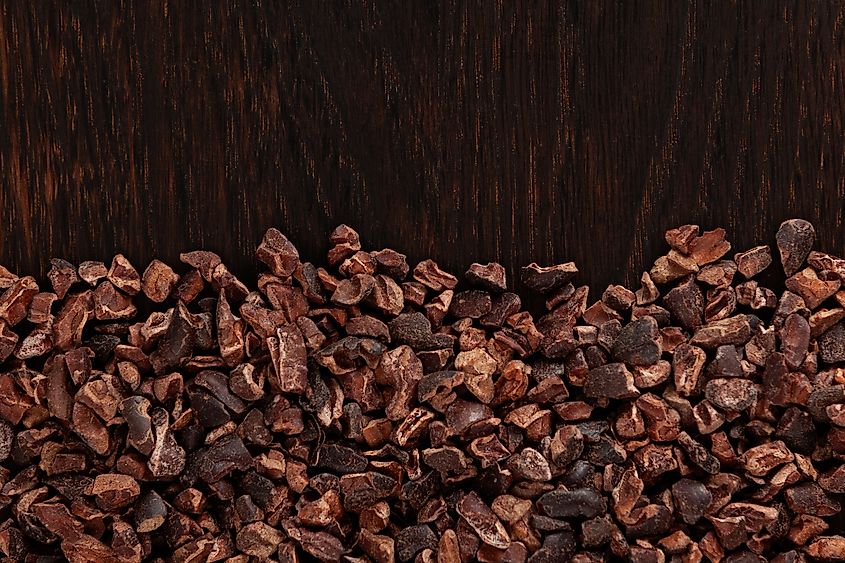
Anyone who has ever enjoyed a candy bar made by Hershey’s or Cadbury has much to thank the Aztecs for. Among the first people to cultivate cacao for use as chocolate, their specialty was a drink called xocolatl made from ground cacao beans, water, and spices such as chilli and vanilla. Considered a luxury, it was usually reserved for use by nobility and for religious rituals. And the fact that cacao beans were even used as a form of currency is a clear indication of their value.
Chocolate has since become a global phenomenon. It is now enjoyed as solid bars, hot drinks, and even the fanciest of desserts. While modern chocolate production has advanced significantly, it’s very much rooted in the Aztecs’ early discovery and processing of cacao.
Bouncy Balls and Rubber Products
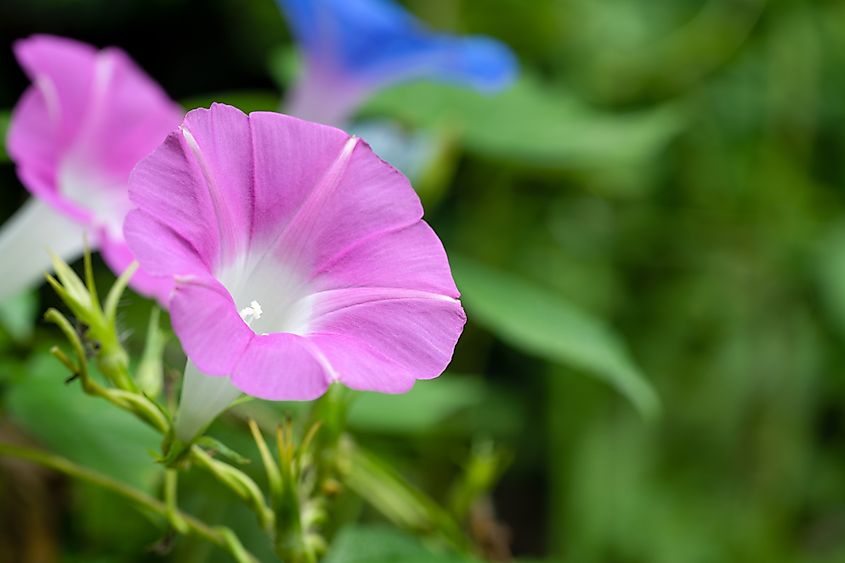
The Aztecs were also among the first to process natural latex from rubber trees, creating various items such as balls for their ritual ball games. By combining latex with juice from the Morning Glory plant, they also discovered that rubber could be made more durable, a process that laid the foundation for the rubber industry and which is essential in modern manufacturing processes.
Rubber is, of course, now used in countless products that we all know and use regularly, from tires and footwear to medical devices and sporting goods.
Floating Gardens
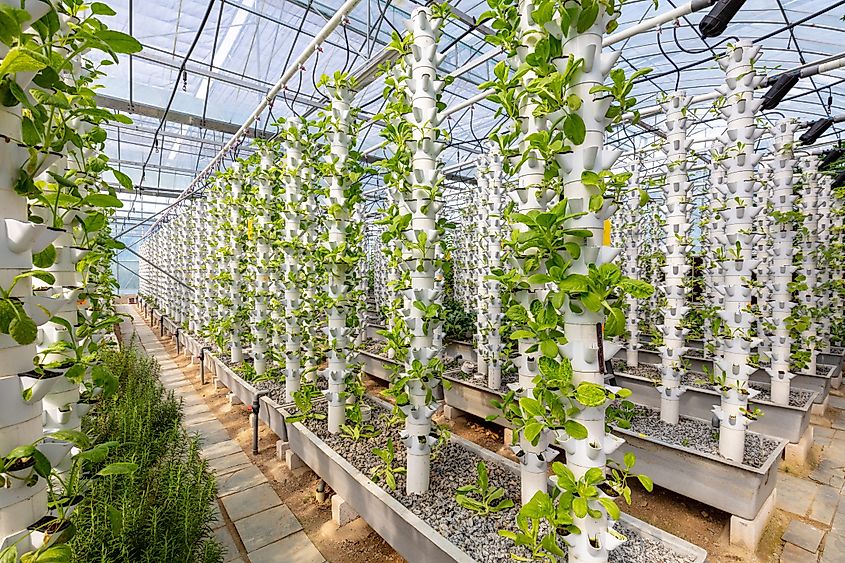
One of the most ingenious agricultural innovations the Aztecs came up with was the creation of chinampas, or floating gardens. These artificial islands were built on the shallow lake beds of the Valley of Mexico by weaving reeds into rectangular frames and piling them with soil and organic material. The result? These extremely fertile floating plots were capable of yielding multiple harvests annually, maximizing agricultural productivity and helping sustain the large Aztec population.
In modern times, the principles of chinampas have influenced hydroponic farming, an advanced method of growing plants without soil using mineral nutrient solutions in water. Hydroponics has become increasingly important in urban agriculture where space is at a premium and traditional farming methods impractical, creating sustainable agricultural solutions that address issues of food security and urbanization.
Back to School with Universal Education
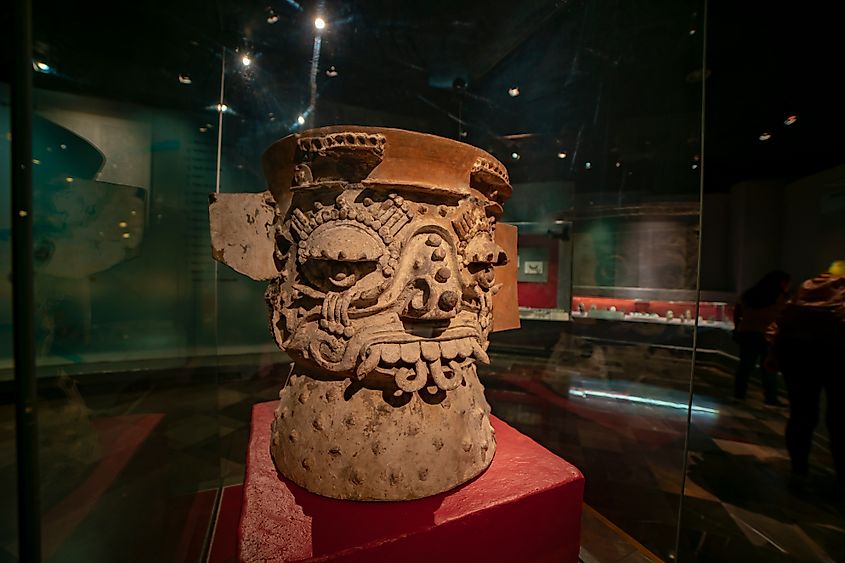
Did you know that the Aztecs were pioneers in recognizing the value of education for all members of society? It’s true. The Aztecs were among the first to implement a universal education system where boys and girls from all walks of life were provided with formal schooling. Boys received training in military, agricultural, and craft skills, while girls were educated in domestic arts and religious practices, ensuring that Aztec society was well-prepared and knowledgeable.
Today, universal education is a fundamental principle of modern society enshrined in international agreements and national constitutions. Compulsory education for children is a standard practice in much of the world, reflecting the Aztec belief that education is essential for societal advancement.
There’s no denying that the Aztec civilization, with its advanced technological and cultural achievements, has left an indelible mark on our modern world. Along with innovations in agriculture, education, and timekeeping, their ability to comprehend and harness the science behind medicine, food, and materials clearly demonstrates a sophisticated understanding of their environment. As these seven Aztec inventions that we still use to this day show, there’s no doubt that we continue to benefit from their ingenuity in so many aspects of our daily lives.











